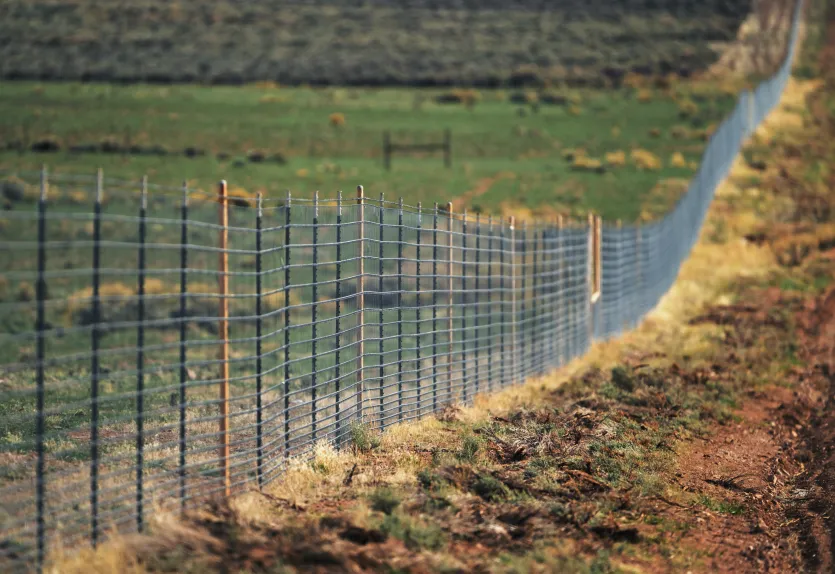Green Wave in Colorado: Lawmakers Champion Sangre De Cristo Land Preservation

The historic land rights of Latino families in the Sangre de Cristo Mountains and San Luis Valley stretch back generations, rooted deeply in a legacy that predates Colorado's statehood and the modern boundaries of the United States. These ancestral land grants, carefully preserved through decades of cultural heritage, represent more than just property ownership—they embody a profound connection to the land that has sustained these communities for centuries.
Passed down through families, these land grants tell a rich story of resilience, tradition, and the enduring spirit of Hispanic settlers who first established their roots in this rugged, breathtaking landscape. The legal and cultural significance of these land rights reflects a complex history of territorial changes, colonial policies, and the ongoing struggle for land preservation and cultural identity.
For the families who have called this region home for generations, these land grants are not merely legal documents, but living testaments to their ancestors' courage, hard work, and deep spiritual connection to the land. They represent a continuous thread of cultural memory, linking past, present, and future in the high-altitude valleys and mountain slopes of southern Colorado.
